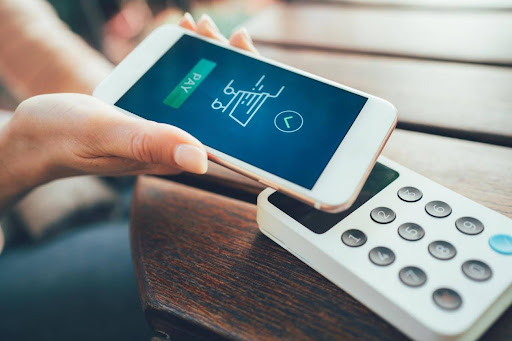- The Digital Wallet Revolution and the Security Imperative
Smartphone-based micropayments are reshaping how we interact with money. From buying coffee to subscribing to apps, transactions under a few dollars are becoming more common and seamless. But with convenience comes responsibility: ensuring that even the smallest transactions are protected from fraud and misuse.
This article breaks down the current landscape of authentication technologies used in smartphone micropayments, highlighting key security features and evaluating which approaches are more trustworthy in 2025 and beyond. We’ll also introduce a smart link to help users with safe conversion: 소액결제 현금화
- Understanding the Core Technologies Behind Micropayment Authentication
In mobile micropayments, authentication plays the role of the gatekeeper. It verifies user identity, confirms the legitimacy of the transaction, and ensures no sensitive data is misused in the process. As of 2025, three main categories dominate the field:
- Biometric Authentication: Fingerprint, facial, or iris recognition methods integrated into smartphones.
- Token-Based Authentication: Temporary digital tokens generated per transaction, often combined with device-based credentials.
- PIN/Pattern Unlock Systems: Still prevalent, especially in legacy systems or budget devices.
Each method has a distinct profile in terms of speed, security, and user comfort.
- Security Showdown: Which Method Holds the Line Best?
| Authentication Method | Security Strength | Usability | Compatibility |
| Biometric | High | High | Medium |
| Token-Based | Very High | Medium | High |
| PIN/Pattern | Medium | Medium | Very High |
Token-based methods shine in reducing replay attacks, while biometrics remain the top pick for user-friendly security. PIN systems, while common, are prone to shoulder surfing and guessing.
- Risks on the Radar: Where Things Can Go Wrong
Despite advancements, threats persist:
- Man-in-the-Middle Attacks: Especially on unsecured networks.
- Device Cloning or Theft: Biometric bypass or token extraction risks.
- Phishing and Social Engineering: Fooling users into surrendering sensitive codes.
- Outdated Software: Leaving phones vulnerable to known exploits.
- Smarter Security Strategies to Strengthen Micropayments
To protect transactions, a layered approach is recommended:
- Combine biometrics with token-based confirmations.
- Regularly update both the app and the device OS.
- Encourage app providers to adopt Zero Trust Architecture.
- Use dynamic QR codes or tap-to-pay NFC rather than static codes.
- Real-Time Fraud Detection: The Future of Peace of Mind
A game-changer in mobile payment security is real-time fraud detection powered by AI. These systems scan patterns and anomalies to flag suspicious behavior immediately.
Key techniques include:
- Behavioral profiling.
- Geo-fencing transactions.
- Adaptive authentication depending on risk level.
- Frequently Asked Questions
Q: Are biometric payments safe even if my phone is lost? A: Yes, as long as biometric data is encrypted and not stored in the cloud.
Q: Can hackers steal token-based data? A: They can try, but since tokens are single-use and expire quickly, the risk is minimized.
Q: Is it safe to use public Wi-Fi for micropayments? A: Not recommended. Use mobile data or VPNs.
- Tips for Everyday Users
- Turn on app-specific biometric locks.
- Avoid storing card data on your browser.
- Check transaction logs regularly.
- Report any unauthorized charge immediately.
- Conclusion: Securing the Future One Small Payment at a Time
Micropayments may seem trivial, but the security stakes are high. As these systems become more integrated into daily life, it’s crucial to ensure robust authentication is part of every transaction. Embracing hybrid models—like biometrics with tokens—along with AI-powered monitoring, places us a step ahead of fraudsters.
Securing your digital wallet is no longer optional; it’s foundational to the evolving mobile economy. Always remember, even the smallest payment deserves the strongest protection.


